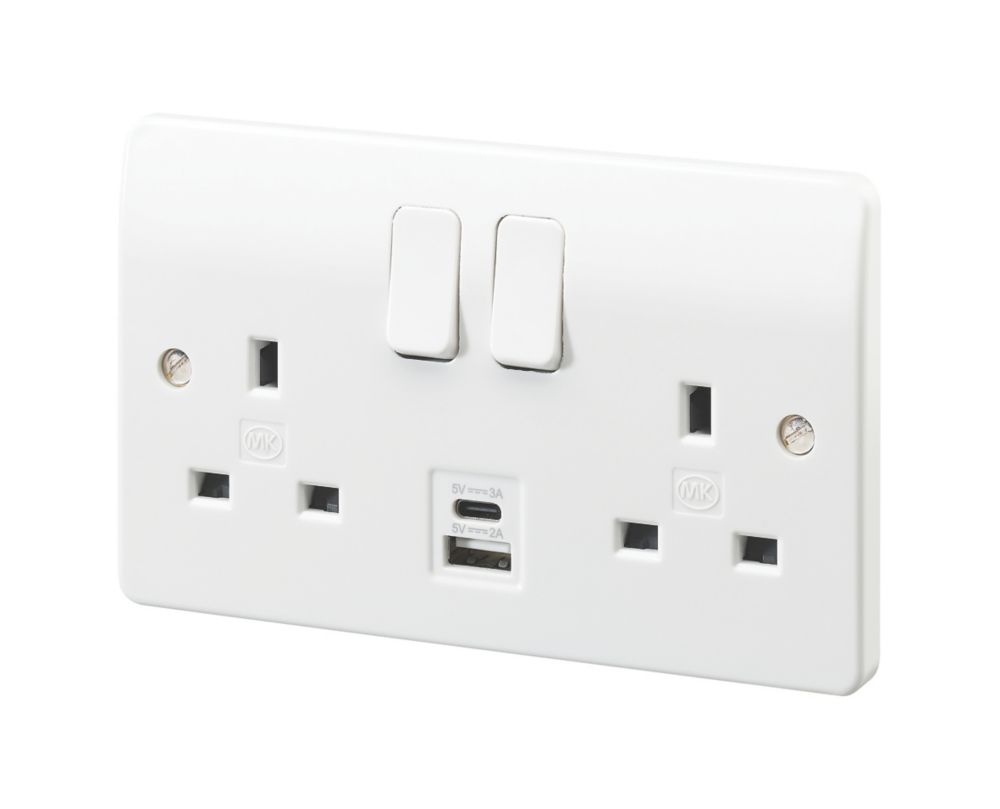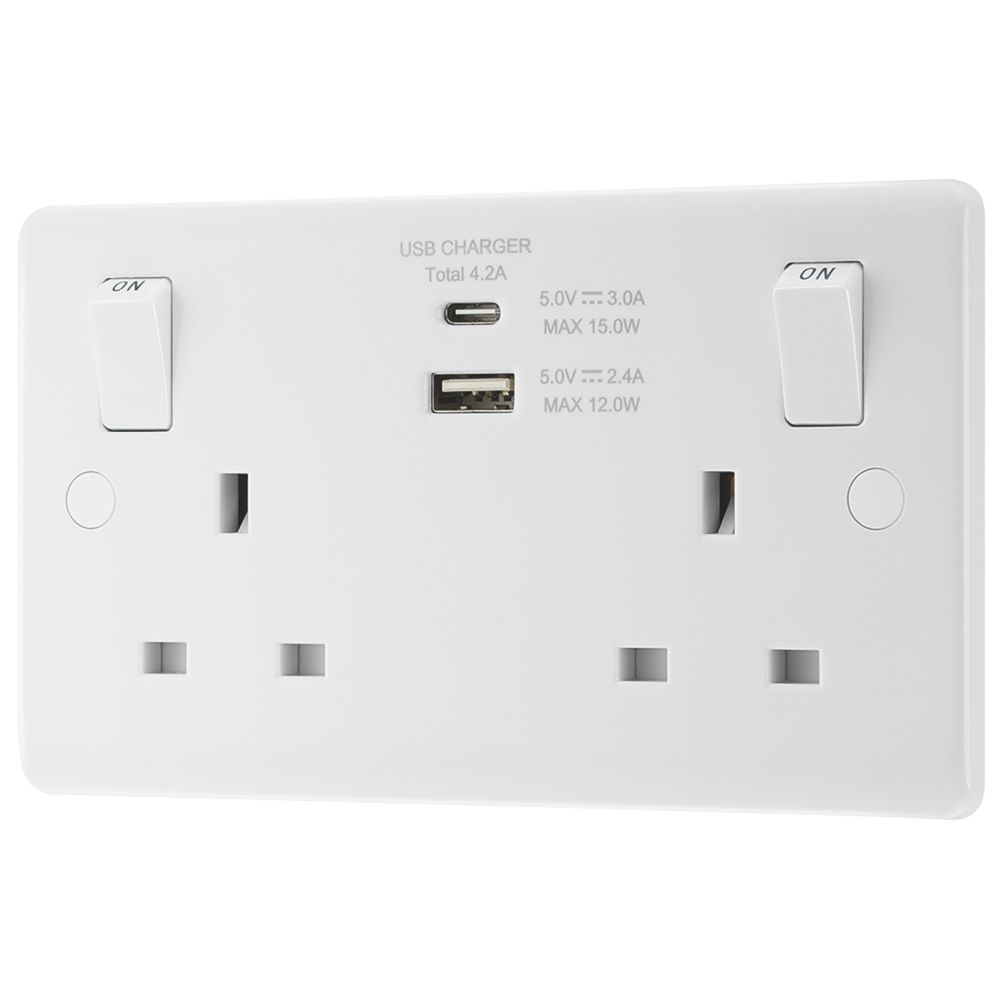I want to replace a USB power socket with a USB and USB-C socket. The design doesn’t matter as it’s tucked away.
It does need to fit into a 25mm back box though.
Would this work and do you have a recommendation for this please?
Thanks in advance.
It does need to fit into a 25mm back box though.
Would this work and do you have a recommendation for this please?
Thanks in advance.





